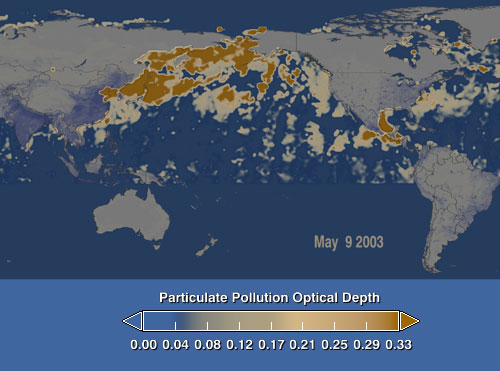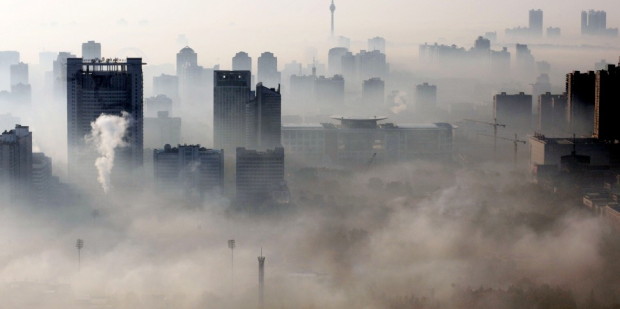
A new study recently released in Proceedings of the National Academy of Sciences has stated that the current intense air pollution levels in East Asia could be contributing to stronger storms forming over the Pacific ocean. Once formed, these storms slam into western North America. If you’re a skier or rider, maybe there’s a benefit to the air pollution of Asia…
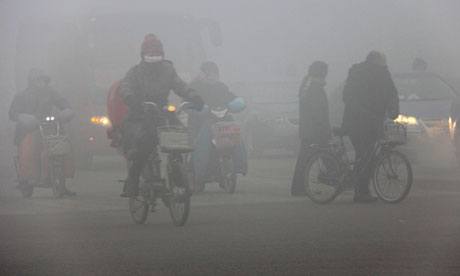
This study utilized computer models to acquire its results. Water vapor in the air needs an airborne particle (aerosols) to condense onto to create clouds and precipitation. Natural aerosols over the Pacific are sea salt sprayed into the air and dust blown off the land. Nowadays, many artificial aerosols have traveled over the Pacific mostly in the form of air pollution from coal fired power plants and cars in Eastern Asia cities.
“Clouds form when water vapor condenses around aerosol particles to form liquid droplets. Because pollution increases the number of particles, it leads to more water droplets—but smaller ones. Those smaller droplets in turn rise to greater heights in the atmosphere—and even form ice—before they precipitate back out.”
“In an earlier paper, Zhang [professor of atmospheric sciences at Texas A&M University in College Station and co-author of the study] and his colleagues used satellite data to show that the amount of “deep convective clouds,” including thunderstorms, had increased over the North Pacific between 1984 and 2005. The most likely reason, they concluded, was an increase in aerosol pollution from Asia. “The intensified Pacific storm track likely has profound implications for climate,” they wrote.” – National Geographic
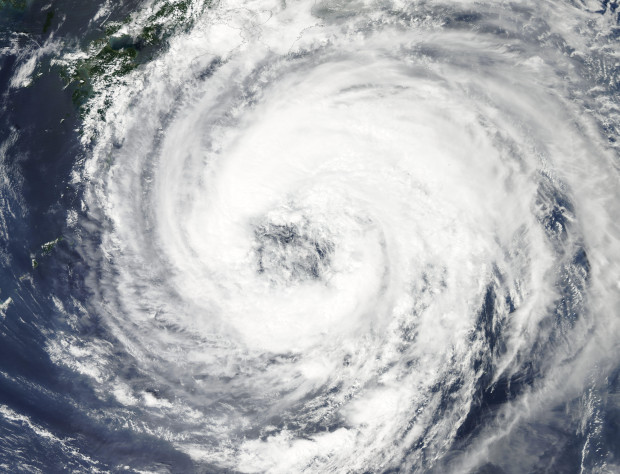
When scientists in this study created computer models showing the current high air pollution levels over the Pacific, the models displayed more powerful storms and great heat exchange between the tropics and arctic regions. These findings were then contrast against models showing 1850s pollution levels and the contrast was there. 1850s storms would have been weaker than the current pollution fed Pacific storms.
“What we have shown is that aerosols from Asia can get transported over the Pacific and change weather in North America.”
“We’ve been getting some weird weather, such as a very cold winter [in the eastern U.S.], so the next question is, does that have something to do with Asian pollution?” – Renyi Zhang, professor of atmospheric sciences at Texas A&M University in College Station and co-author of the study
This might initially seem like a good thing for snowstorms in the western USA, but the heat exchange from the tropics to the arctic that this air pollution also creates may just make these storms warmer. If asian air pollution does lead to more snow, we aren’t going to complain. But air pollution is not something to celebrate.
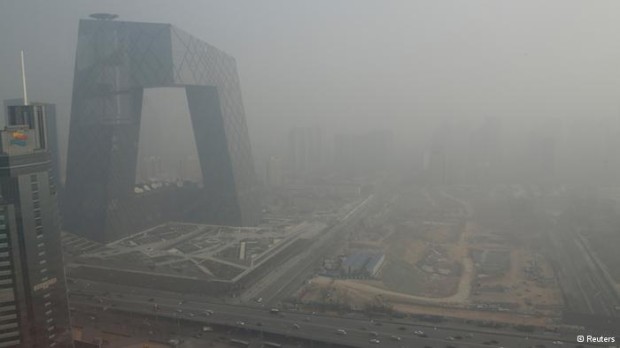
STUDY ABSTRACT:
Atmospheric aerosols affect weather and global general circulation by modifying cloud and precipitation processes, but the magnitude of cloud adjustment by aerosols remains poorly quantified and represents the largest uncertainty in estimated forcing of climate change. Here we assess the effects of anthropogenic aerosols on the Pacific storm track, using a multiscale global aerosol–climate model (GCM). Simulations of two aerosol scenarios corresponding to the present day and preindustrial conditions reveal long-range transport of anthropogenic aerosols across the north Pacific and large resulting changes in the aerosol optical depth, cloud droplet number concentration, and cloud and ice water paths. Shortwave and longwave cloud radiative forcing at the top of atmosphere are changed by −2.5 and +1.3 W m−2, respectively, by emission changes from preindustrial to present day, and an increased cloud top height indicates invigorated midlatitude cyclones. The overall increased precipitation and poleward heat transport reflect intensification of the Pacific storm track by anthropogenic aerosols. Hence, this work provides, for the first time to the authors’ knowledge, a global perspective of the effects of Asian pollution outflows from GCMs. Furthermore, our results suggest that the multiscale modeling framework is essential in producing the aerosol invigoration effect of deep convective clouds on a global scale.
SIGNIFICANCE:
Increasing levels of air pollutants in Asia have recently drawn considerable attention, but the effects of Asian pollution outflows on regional climate and global atmospheric circulation remain to be quantified. Using a multiscale global aerosol–climate model (GCM), we demonstrate long-range transport of the Asian pollution, large resulting variations in the aerosol optical depth, cloud droplet number concentration, and cloud and ice water paths; enhanced shortwave and longwave cloud radiative forcings; and increased precipitation and poleward heat transport. Our work provides, for the first time to the authors’ knowledge, a global multiscale perspective of the climatic effects of pollution outflows from Asia. The results reveal that the multiscale modeling framework is essential in simulating the aerosol invigoration effect of deep convective cloud systems by a GCM.
